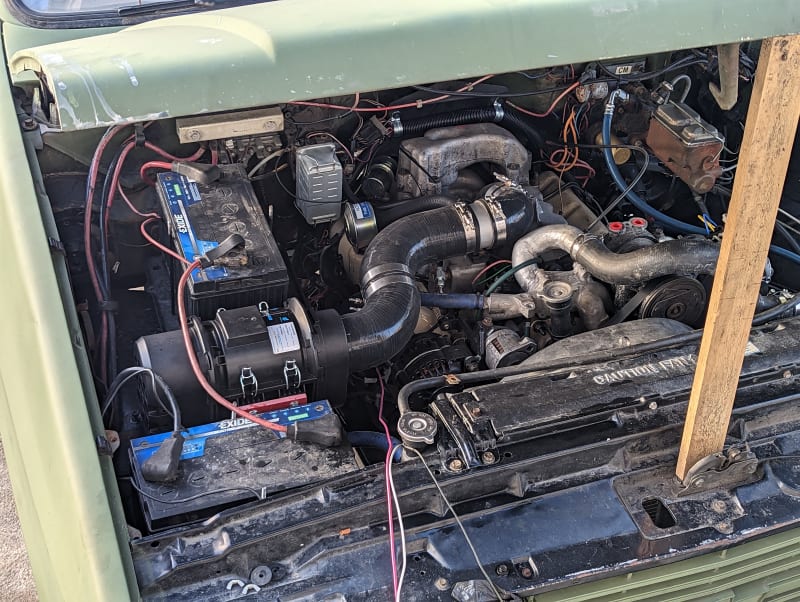Sounds like direct injection gasoline engines will experience significant build up of deposits in the intake ( and exhaust?) ports well before 100,000 miles.
BMW has a walnut blasting tool that supposedly fits on the intake manifold for reduced dis-assembly for service.
There is talk of adding air oil separators in the PCV system.
There is talk of special Valvoline oil that reduces the problem.
There is talk of using -30 or -40 oil in place of -20 being helpful.
There is talk the build up is primarily a low rpm/light load problem, to the point some manufacturers now add port injectors that are used for some operating conditions.
Experiences and comments welcome.
thanks,
Dan T
BMW has a walnut blasting tool that supposedly fits on the intake manifold for reduced dis-assembly for service.
There is talk of adding air oil separators in the PCV system.
There is talk of special Valvoline oil that reduces the problem.
There is talk of using -30 or -40 oil in place of -20 being helpful.
There is talk the build up is primarily a low rpm/light load problem, to the point some manufacturers now add port injectors that are used for some operating conditions.
Experiences and comments welcome.
thanks,
Dan T

